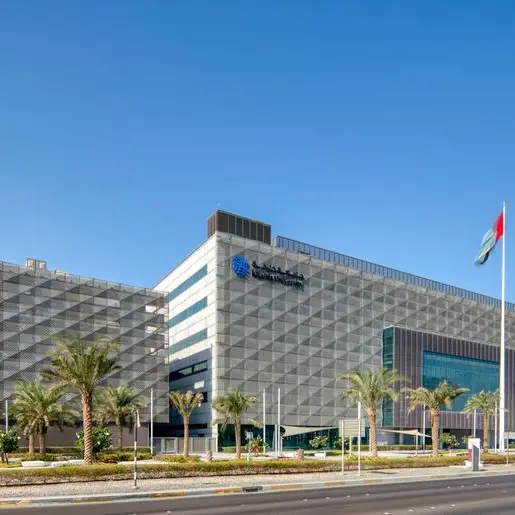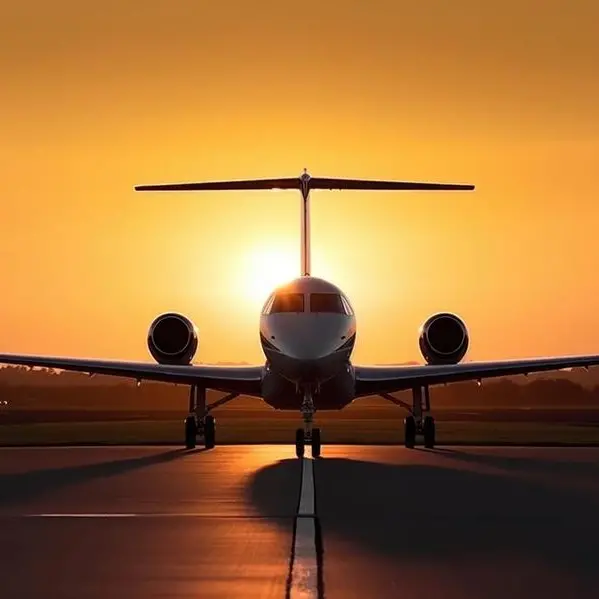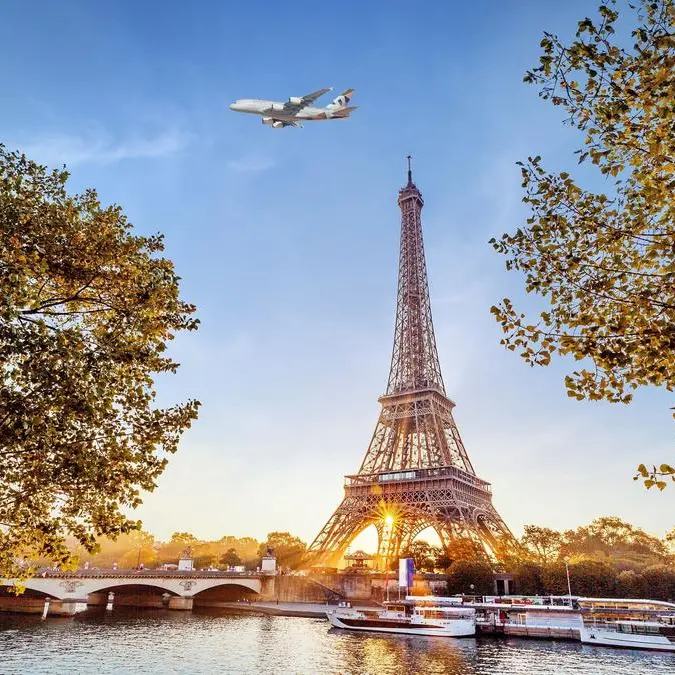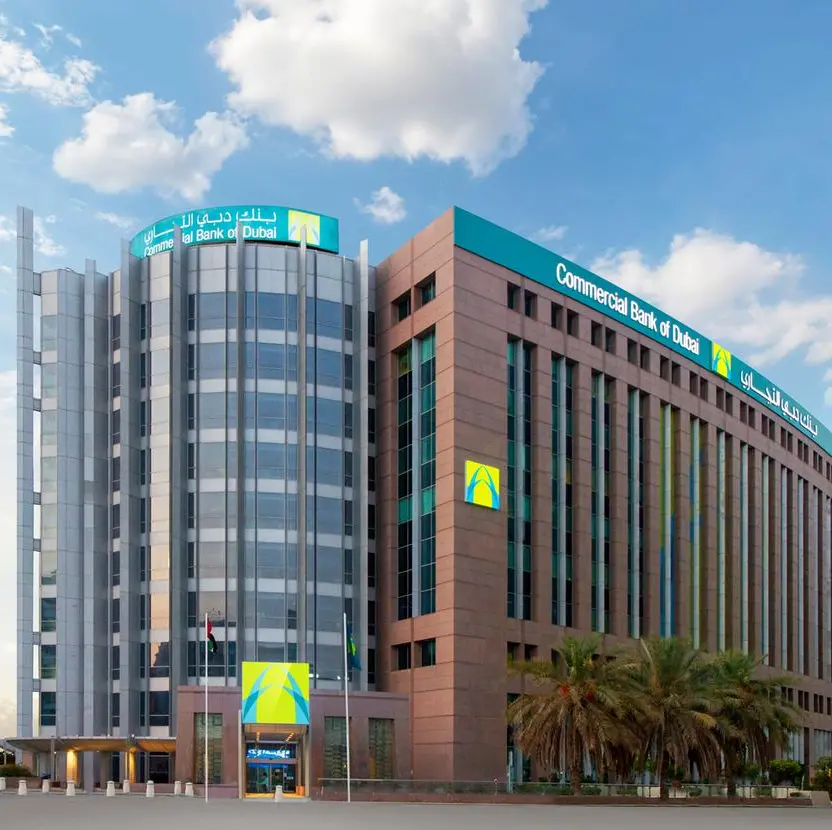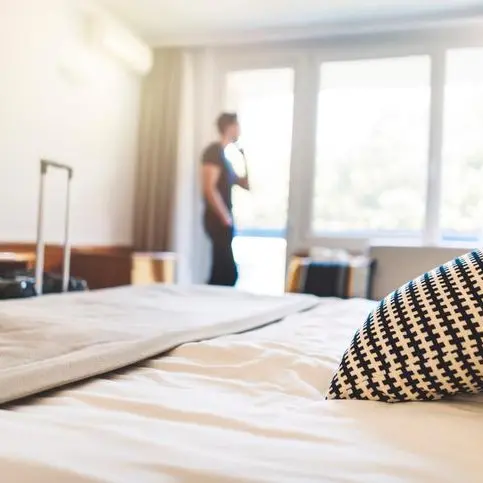Thursday, Sep 17, 2015
Dubai: Dubai’s hotel performance in 2016 could be similar to the current year or slightly lower, according to industry analysts.
Philip Wooller, area director for the Middle East and Africa at research firm STR Global, expects occupancy and average room rates in the emirate to be flat next year compared to 2015 due to factors like supply being in line with demand, the fluctuations of the euro and rouble, and instability in the region.
“We think that it will be pretty much the same performance in absolute numbers as 2015. Maybe a tiny drop on the average room rates … I think it will be a slight bumpy road for the next few years and then it will start to push up as all of these new developments come through,” he told Gulf News on the sidelines of the 1st Annual Dubai Lodging Outlook 2016 Seminar on Thursday.
Meanwhile, Christopher Hewett, associate director at TRI Consulting, said by phone that occupancy will likely drop 1-2 per cent next year, while average daily rates will be down 5-7 per cent.
“The drivers include increasing supply, particularly from the mid-market segment and the continued lower purchasing power from key source markets [such as Russia and Europe],” he said.
The rising hotel room supply in Dubai, which, according to STR Global data, currently outpaces demand has put pressure on room rates this year. Besides a higher supply of hotel rooms, room rates have also been under pressure from a drop in Russian and European tourists, as the weaker rouble and euro have made Dubai’s hotel rooms more expensive for them.
Occupancy and average room rates year-to-date (January 1 — September 12) are expected to have dropped by 0.9 per cent and 8.1 per cent, respectively, compared to the same period in 2014, pushing down the revenue per available room (RevPAR — an industry measure of occupancy and rates) by 9 per cent, Wooller said. He did not give the actual figures.
Total accommodation revenue in Dubai has increased from Dh3.2 billion in 2000 to Dh18.5 billion in the current year, he said.
Gerald Lawless, president and chief executive of luxury hotel chain Jumeriah Group, said occupancy of the group’s Dubai properties stands at 78.8 per cent year-to-date, an increase of 0.2 per cent from the same period last year.
“The hotel industry is in a very robust state and we expect that our numbers [key performance indicators] will continue to rise in 2016 in line with the targets set by DTCM [Dubai Department of Tourism and Commerce Marketing],” he said.
According to STR Global data, 12 hotels (with 3,040 rooms) are expected to open in Dubai by the end of the current year, and 34 hotels (9,057 rooms) in 2016.
Hotel room supply was up 6.3 per cent, while demand grew by 5.4 per cent year-to-date (January 1- September 12), Wooller said.
“There will be a lot of new supply in 2016, 2017 and 2018, which is going to put pressure on rates …[In 2019], I think there will be a big drop in new supply entering the market,” he said.
Lawless said that additional supply of hotels in Dubai will encourage more guests to visit the emirate, “coupled with increased airlift from Emirates and flydubai”.
Wooller noted that while occupancy has declined “in the last couple of months” in Dubai, it is still higher compared to international markets.
“The fundamentals are good in terms of the achieved average room rates. Occupancy levels are very high if you compare them globally,” he said.
He said that lower average room rates in Dubai will attract more tourists to the emirate.
“If Dubai is running at third highest average room rates globally, it’s not going to attract 20 million visitors,” he said, adding that even with the lower average room rates, Dubai is still “competitive and attractive”.
Dubai aims to attract 20 million visitors annually by 2020.
By Sarah Algethami Staff Reporter
Gulf News 2015. All rights reserved.
